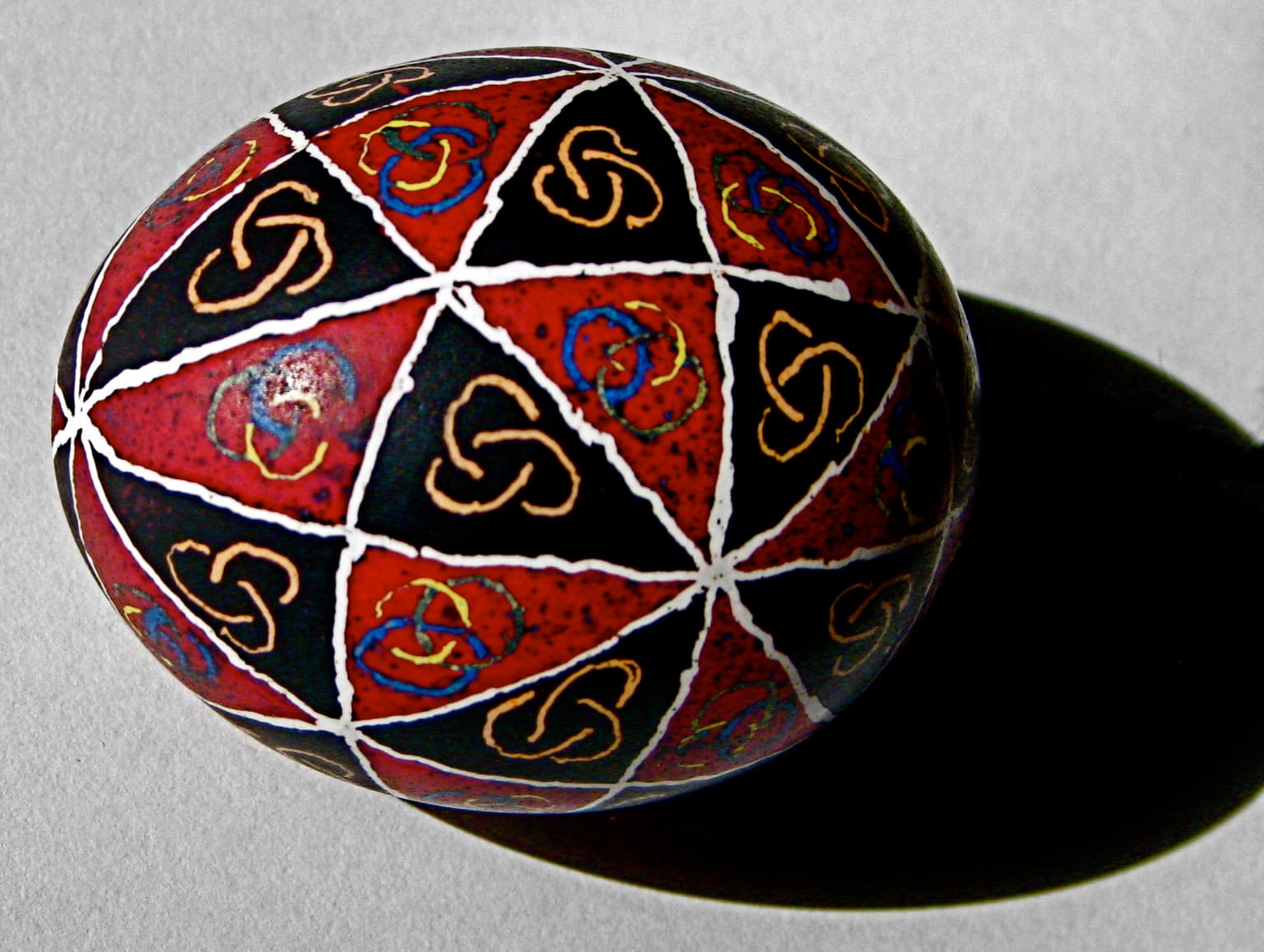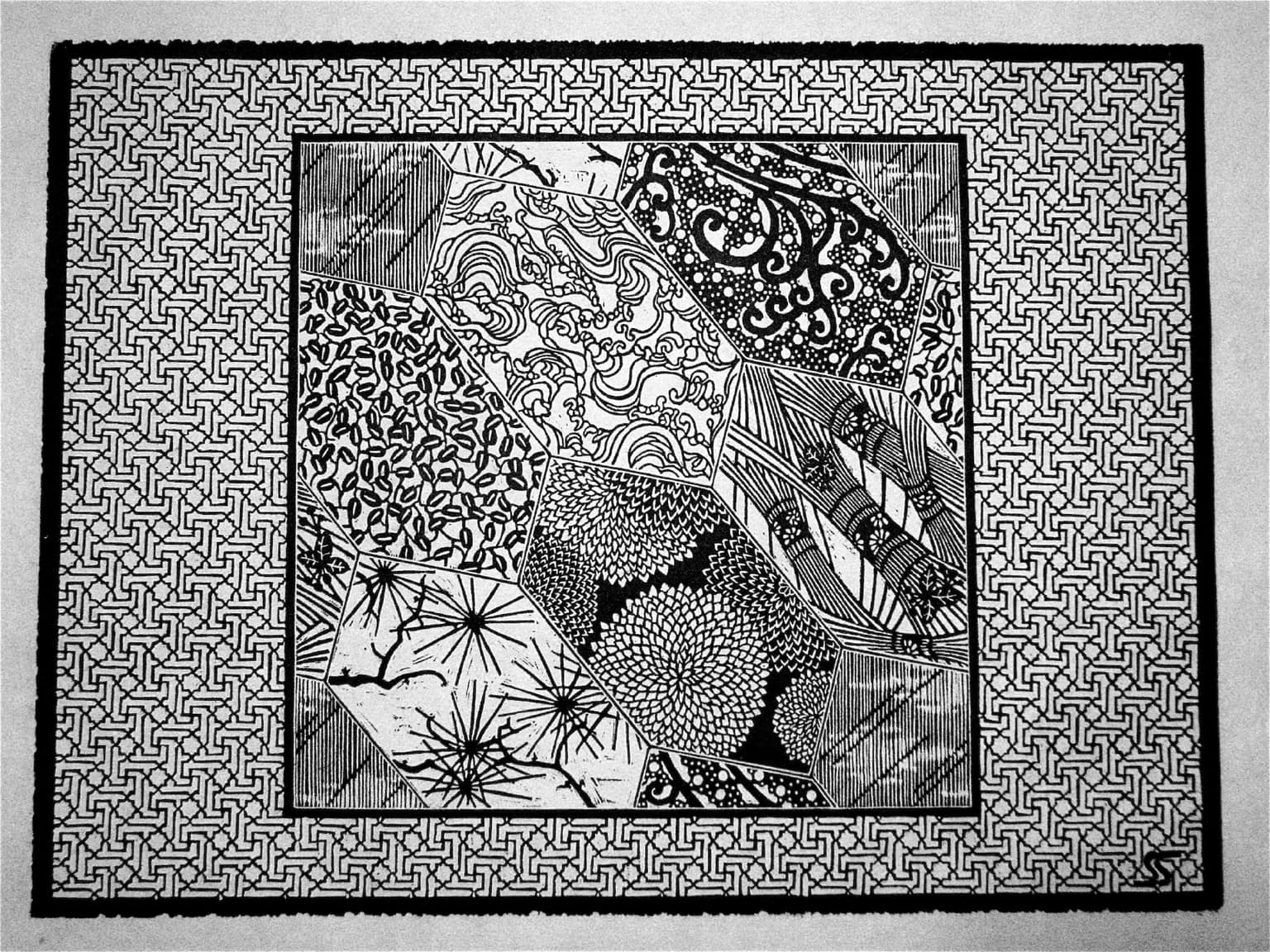Spencer Smith
Artists
Spencer Smith
Graduate Student of Physics
Physics Department, Tufts University
Cambridge, MA
Statement
In general, aesthetic beauty is a notoriously hard notion to define and certainly depends a lot on subjective tastes. However, there are certain attributes which do seem to be common, underlying themes in universal ideas of beauty. Some of these attributes include symmetry, simplicity, and tension between order and disorder. As a physicist, much of what I intuitively see as beautiful in nature can be traced to the occurrence of these properties in the mathematics of our models of reality; symmetries in the quantum field theory Lagrangians of particle physics, simplicity in the least action principles of classical physics, and the tension between order and disorder in statistical mechanics phase transitions. As an artist, I try to illustrate these ideas through the direct visual impact of the work as well as through the mathematical subject matter. On a lighter note, playing around with math, physics, and art is just plain fun!
Artworks

Topology came first
Egg: 2.25" X 1.75" X 1.75"
Dyed Egg (Ukranian Pysanky Style)
2010

Torus Kingdoms
Print: 9" X 12", Frame: 15.25" X 19.25"
Linocut Relief Print; Oil based relief ink; Japanese paper; Proofing press
2007